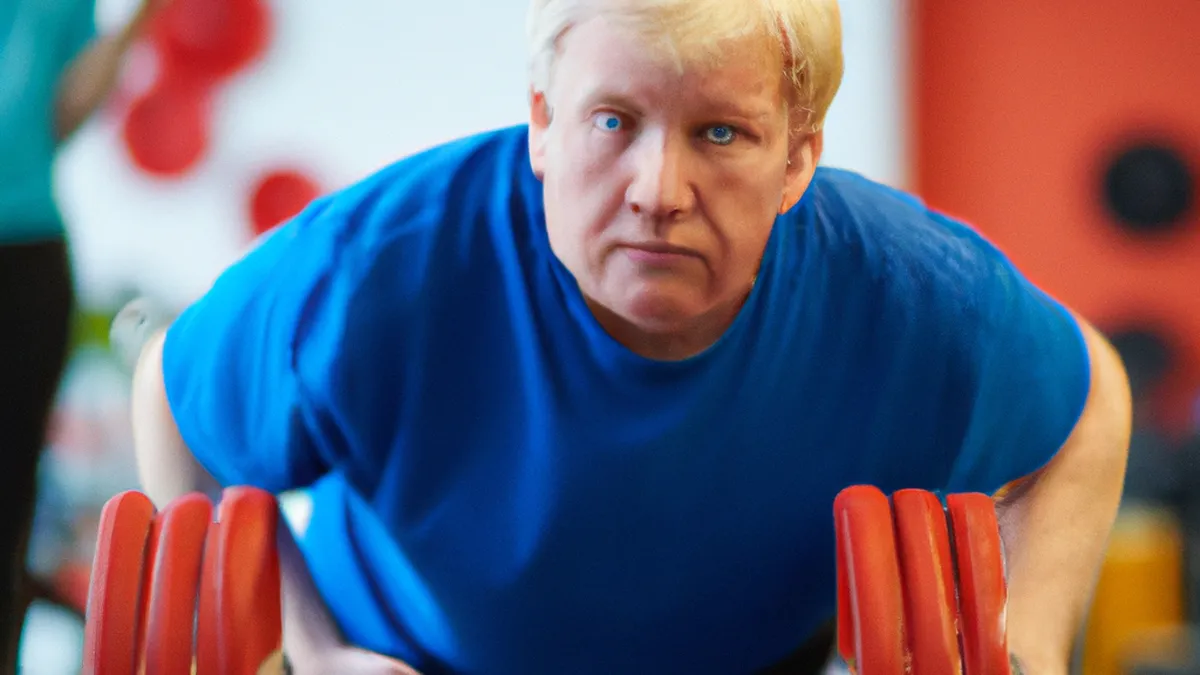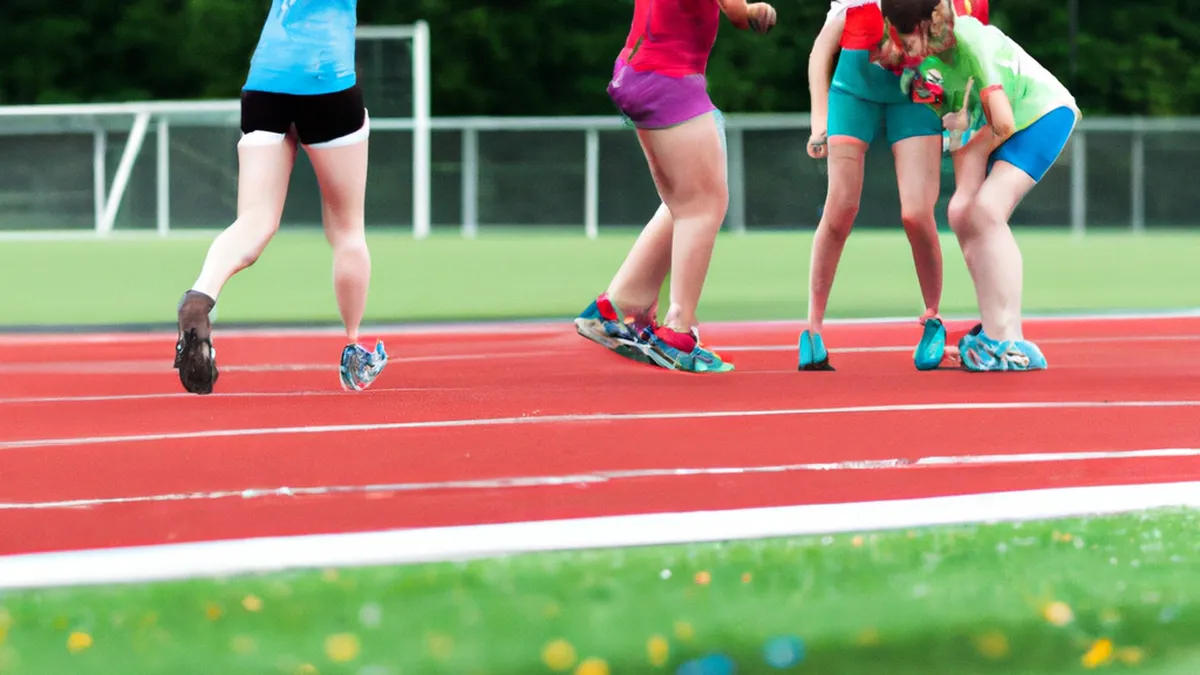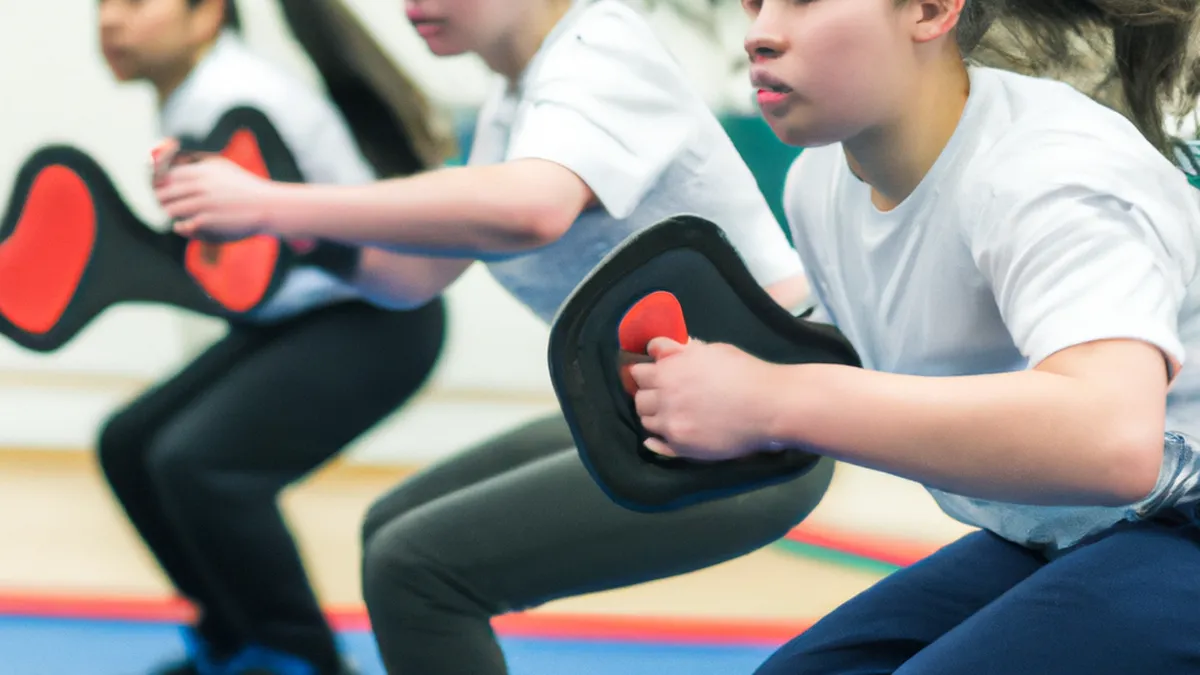Shift Your Workout: Senior Training Tips
Adapting Training for SeniorsAging affects our physical abilities and health. Staying active enhances quality of life. We must adapt training programs for seniors to promote health. This blog discusses tailored training strategies, benefits of activity, and advice for seniors and trainers.
Understanding the Unique Needs of Seniors
Seniors face physical limitations that affect exercise participation. These include decreased flexibility, muscle loss, joint pain, and balance issues. Understanding these factors is crucial when designing training programs for older adults.
Assessing Individual Needs
Before starting any training, assess individual fitness levels thoroughly. Consider existing health conditions, medications, and previous injuries. Consult healthcare providers for valuable insights and identify specific limitations.Assess mobility and strength accurately. Some seniors may struggle with certain exercises, while others can handle more strenuous activities. Knowing an individual’s starting point helps create a safe and effective program.
Setting Realistic Goals
Focus on realistic and achievable fitness goals for seniors. Instead of targeting specific milestones, prioritize overall health and well-being. Goals can include improving balance, increasing flexibility, or maintaining an active lifestyle.Encourage seniors to set short-term and long-term goals to foster motivation. Celebrate small achievements to boost confidence and keep individuals engaged in their fitness journey.
Tips for Adapting Training Programs
As an Amazon Associate I earn from qualifying purchases.
Gear tip: consider mobility sliders, foam yoga wedge, and label maker to support this topic.
Adapting training for seniors requires thoughtful approaches. Here are effective tips for creating tailored training programs:
Start Slow and Build Gradually
Begin with low-impact exercises that minimize joint stress. Choose activities like walking, swimming, or cycling to promote cardiovascular health gently.Gradually increase the intensity and complexity of exercises as seniors become comfortable. Introduce strength training using light weights or resistance bands, focusing on proper form to prevent injury. Always encourage seniors to listen to their bodies and modify exercises as necessary.
Incorporate Flexibility and Balance Exercises
Flexibility and balance are vital for senior fitness. Include stretching exercises to enhance mobility and reduce injury risks. Activities like yoga and tai chi provide significant benefits.
Conclusion
In summary, adapting training for seniors requires understanding their unique needs and setting realistic goals. Implementing effective strategies promotes health and enhances quality of life.
Below are related products based on this post:
FAQ
What are the unique needs of seniors when it comes to training?
Seniors face physical limitations such as decreased flexibility, muscle loss, joint pain, and balance issues. Understanding these factors is essential for designing effective training programs that cater to older adults’ specific needs.
How should individual fitness levels be assessed before training?
Before starting any training, it’s important to assess individual fitness levels thoroughly. This includes considering existing health conditions, medications, and previous injuries, as well as consulting healthcare providers for insights into specific limitations.
What types of exercises are recommended for seniors?
Low-impact exercises like walking, swimming, or cycling are recommended to minimize joint stress while promoting cardiovascular health. Additionally, incorporating flexibility and balance exercises, such as stretching, yoga, and tai chi, is vital for improving mobility and reducing injury risks.















Post Comment